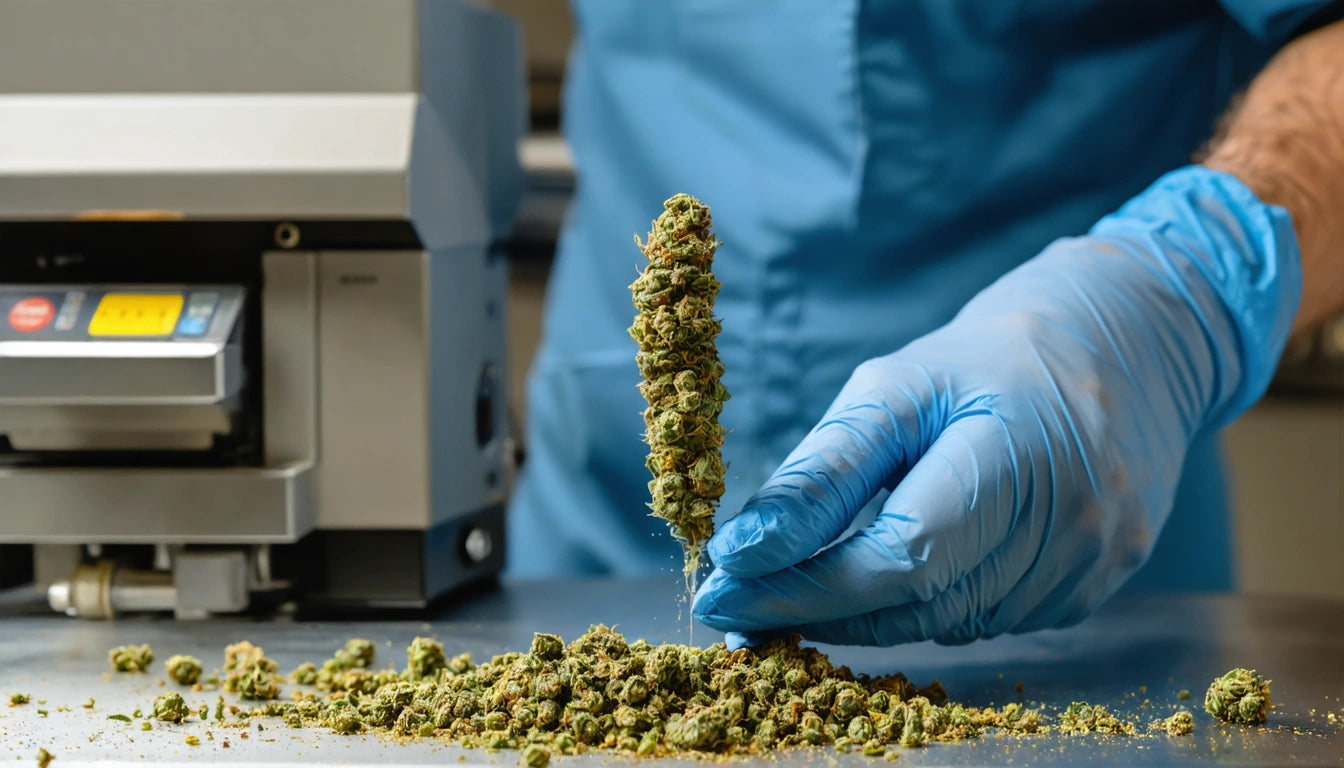Table of Contents
How Long Does Being Crossfaded Last?
The crossfaded state, resulting from mixing alcohol and cannabis, can create unpredictable effects that many users find challenging to navigate. Understanding how long these effects last is crucial for those who may experience this state, whether intentionally or accidentally. This guide explores the duration of being crossfaded, factors that influence this timeline, and strategies for managing the experience safely.
Understanding the Crossfaded State
Crossfading occurs when THC from cannabis and alcohol interact in your system simultaneously. This combination creates effects that are often more intense than either substance alone. As explained in this comprehensive guide on crossfading, the interaction happens because alcohol can increase blood THC levels, potentially intensifying and prolonging cannabis effects.
Common symptoms of being crossfaded include:
- Dizziness and spatial disorientation
- Nausea and potential vomiting
- Anxiety or paranoia
- Impaired motor control
- Increased heart rate
Factors That Affect How Long Being Crossfaded Lasts
The duration of a crossfaded state varies significantly based on several key factors:
Consumption Order and Amounts
The order in which you consume alcohol and cannabis significantly impacts how long the crossfaded effects last. Research on consumption order suggests that drinking before smoking often intensifies and extends the duration of crossfaded effects compared to the reverse order.
Individual Factors
Personal characteristics play a major role in determining how long crossfaded effects persist:
- Body weight and composition
- Metabolism rate
- Tolerance to either substance
- Liver function efficiency
- Hydration levels
- Recent food consumption
Product Potency
Higher THC percentages in cannabis products and higher alcohol content in beverages will typically result in longer-lasting crossfaded effects. The duration of cannabis effects alone varies by consumption method, and this variability is amplified when combined with alcohol.
Typical Timeline of a Crossfaded Experience
Understanding the typical progression of a crossfaded state can help manage expectations:
Initial Phase (0-1 hours)
The combined effects begin to manifest, often with alcohol effects appearing first, followed by cannabis effects intensifying the experience. Users may feel euphoric initially before potentially experiencing discomfort.
Peak Effects (1-3 hours)
This is when the crossfaded state is most intense. Both substances are actively affecting the body and mind, potentially causing the most severe symptoms. Similar to what's described in guides about greening out, this peak period can be particularly challenging.
Gradual Decline (3-6 hours)
Effects begin to diminish, though coordination and cognitive function remain impaired. Some users may fall asleep during this phase as the sedative effects take hold.
Residual Effects (6-24 hours)
After the main effects subside, users may experience a hangover or what some call a weed hangover, which can include headache, fatigue, brain fog, and dehydration.
Managing Crossfaded Symptoms
If you find yourself crossfaded for longer than expected, these strategies may help manage symptoms:
- Hydrate consistently with water
- Consume light, bland foods if possible
- Find a quiet, comfortable environment
- Practice deep breathing techniques
- Avoid additional substance consumption
- Use CBD if available, which may help counteract some THC effects
- Consider black peppercorns (chewing or smelling), which contain terpenes that may help reduce THC anxiety
Recovery time varies significantly between individuals. While some may feel better after a good night's sleep, others might experience lingering effects similar to those described in this guide on cannabis high duration.
Prevention Strategies for Safer Consumption
To avoid prolonged crossfaded experiences:
- Start with very low doses of both substances
- Consider consuming only one substance per session
- Wait at least 1-2 hours between alcohol and cannabis consumption
- Track your intake carefully
- Arrange safe transportation in advance
- Have a sober friend present when possible
If you choose to consume both substances, proper safety protocols similar to those used for regulated substances can help prevent accidental overconsumption, especially in shared living spaces.
Safety Considerations and Harm Reduction
The crossfaded state presents several important safety considerations beyond just its duration. The impairment can last significantly longer than anticipated, affecting your ability to drive, work, or perform other important tasks. In some cases, taking a tolerance break from both substances might be beneficial if you've experienced particularly challenging crossfaded episodes.
Remember that combining substances always carries additional risks compared to using them separately. The unpredictable nature of crossfading means that even experienced consumers of either substance individually may be surprised by the intensity and duration of combined effects.
If you or someone you know experiences severe symptoms like persistent vomiting, difficulty breathing, or loss of consciousness, seek medical help immediately. While most crossfaded experiences resolve on their own with time, severe cases may require professional intervention.











Leave a comment
All comments are moderated before being published.
This site is protected by hCaptcha and the hCaptcha Privacy Policy and Terms of Service apply.